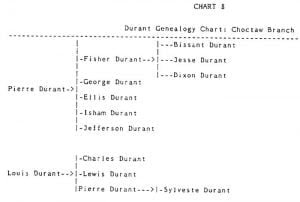Ethnological Information Regarding the Cusabo
Ethnological information regarding the Cusabo is scanty and unsatisfactory, the interest of the colonists having been quickly attracted to those great tribes lying inland which they called “nations.” Such material as is to be had must be interpreted in the light of the fuller information to be gathered from larger southern tribes like the Creeks, Cherokee, Choctaw, and Chickasaw. Nevertheless it is of interest to know that certain features of the lives of these peoples were or were not shared by the ones better known. The material gathered by the Spaniards as a result of the Ayllon expedition has been … Read more



